Interventional cardiology
- Home
- Interventional cardiology
Interventional cardiology
Interventional cardiology is a branch of cardiology that focuses on using catheter-based techniques to diagnose and treat heart conditions, such as angioplasty, stenting, and valve repairs. In India, advancements in interventional cardiology have significantly reduced mortality rates for heart diseases. The country is recognized for performing complex procedures like transcatheter aortic valve implantation (TAVI) and has pioneered cost-effective cardiac care, making advanced heart treatments accessible to a wider population. Medkins Healthcare platform provides you access to the best interventional cardiologists and hospitals in India equipped with advanced technologies, and helps you complete your treatment journey safely and successfully.
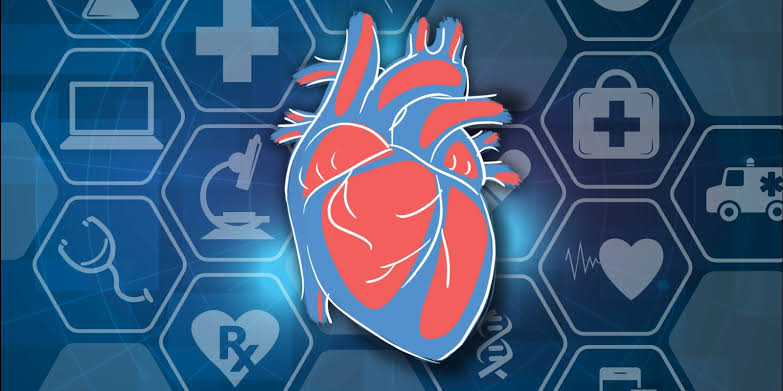
Diseases Treated by Interventional Cardiology
Coronary Artery Disease (CAD) – A condition caused by the build-up of plaque (atherosclerosis) in the coronary arteries, leading to reduced blood flow to the heart muscle and potentially causing chest pain (angina) or heart attacks.
Acute Myocardial Infarction (AMI) – Commonly known as a heart attack, it occurs when blood flow to a part of the heart is blocked for a prolonged period, leading to damage or death of heart muscle tissue.
Stable Angina – Chest pain or discomfort that occurs predictably with physical exertion or stress due to reduced blood flow to the heart muscle.
Unstable Angina – A more severe form of angina that occurs unexpectedly and may last longer, often indicating a higher risk of heart attack.
Chronic Total Occlusion (CTO) – A condition where a coronary artery is completely blocked for an extended period, often requiring specialized techniques for reopening the artery.
Heart Valve Stenosis – A condition where one of the heart valves (e.g., aortic or mitral valve) becomes narrowed, restricting blood flow through the heart.
Heart Valve Regurgitation – Occurs when a heart valve does not close properly, causing blood to flow backward through the valve.
Peripheral Artery Disease (PAD) – A condition where the arteries supplying blood to the limbs become narrowed or blocked, leading to pain, numbness, or other symptoms in the legs.
Atrial Septal Defect (ASD) – A congenital heart defect where there is a hole between the left and right atria of the heart, allowing abnormal blood flow between the chambers.
Patent Foramen Ovale (PFO) – A small, persistent hole in the heart that failed to close after birth, which can lead to stroke or other complications.
Ventricular Septal Defect (VSD) – A congenital defect characterized by a hole in the wall (septum) dividing the left and right ventricles of the heart, leading to abnormal blood flow.
Pulmonary Embolism – A blockage in the pulmonary arteries typically caused by blood clots that travel to the lungs, which can be treated with interventions to restore blood flow.
Conditions Treated by Interventional Cardiology
- Acute Coronary Syndromes (ACS): Includes unstable angina, NSTEMI, and STEMI, all of which involve sudden reduction or blockage of blood flow to the heart.
- Valvular Heart Diseases: Conditions affecting the heart valves, including stenosis and regurgitation.
- Congenital Heart Defects: Heart anomalies present at birth, such as ASDs, PFOs, and VSDs.
- Chronic Coronary Occlusions: Long-term blockages in coronary arteries.
- Peripheral Vascular Disease: Conditions affecting the arteries outside the heart, particularly those in the legs.
- Aneurysms: Abnormal dilations in blood vessels that can be treated or managed using endovascular techniques.
Procedures in Interventional Cardiology
Coronary Angioplasty and Stenting (Percutaneous Coronary Intervention, PCI) – A procedure to open blocked coronary arteries using a balloon catheter. A stent is often placed to keep the artery open and improve blood flow to the heart muscle.
Coronary Angiography – A diagnostic procedure where a contrast dye is injected into the coronary arteries to visualize blockages or narrowing using X-ray imaging.
Fractional Flow Reserve (FFR) – A technique used during angiography to measure the pressure difference across a coronary artery stenosis to assess its functional significance.
Intravascular Ultrasound (IVUS) – An imaging technique that uses a catheter with an ultrasound probe to visualize the inside of blood vessels and assess the extent of atherosclerosis or other vessel abnormalities.
Rotational Atherectomy – A procedure that uses a high-speed rotating device to remove hardened plaque from coronary arteries that are resistant to balloon angioplasty.
Chronic Total Occlusion (CTO) Angioplasty – A specialized technique for treating long-standing, complete blockages in coronary arteries, often using advanced tools and methods like collateral channel crossing.
Valvuloplasty – A procedure where a balloon catheter is used to dilate a narrowed heart valve (e.g., aortic or mitral valve) to improve blood flow.
Transcatheter Aortic Valve Replacement (TAVR) – A minimally invasive procedure to replace a narrowed aortic valve with a prosthetic valve via a catheter, avoiding open-heart surgery.
Patent Foramen Ovale (PFO) Closure – A procedure to close a hole between the left and right atria using a catheter-based device to prevent stroke or other complications.
Transcatheter Mitral Valve Repair (TMVR) – A minimally invasive procedure to repair a leaky mitral valve using devices like the MitraClip to reduce regurgitation and improve heart function.
Percutaneous Ventricular Septal Defect (VSD) Closure – A catheter-based procedure to close a hole between the ventricles of the heart, reducing abnormal blood flow and improving heart function.
Endovascular Aneurysm Repair (EVAR) – A minimally invasive procedure to repair an abdominal or thoracic aortic aneurysm using stent grafts placed through small incisions.
Peripheral Angioplasty and Stenting – A procedure to open blocked or narrowed peripheral arteries using a balloon catheter and placing a stent to restore blood flow to the legs or other extremities.
Intra-aortic Balloon Pump (IABP) – A device inserted into the aorta to help the heart pump blood more effectively in cases of severe heart failure or cardiogenic shock.
Intracoronary Thrombectomy – A procedure to remove blood clots from coronary arteries to restore blood flow during acute myocardial infarction.
Endovenous Laser Therapy (EVLT) – A minimally invasive procedure to treat varicose veins using laser energy to close affected veins.
Our Focused Specialties
Multi-Specialty Care Hub
Discover India’s diverse multi-specialty health departments and treatments. We’re dedicated to ensuring a healthier tomorrow, navigating the dynamic realm of Indian healthcare. Our wide range of specialties includes top-notch hospitals, selected based on quality and healthcare facilities. Join us for a personalized journey to optimal health and wellness.
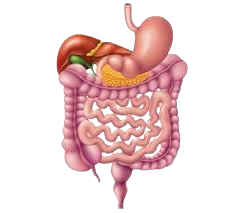
Gastro-intestine
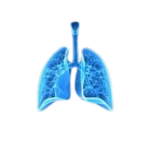
Pulmonology

Ophthalmology
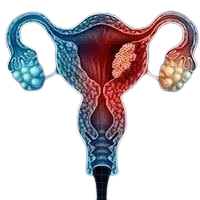
Gynaecology
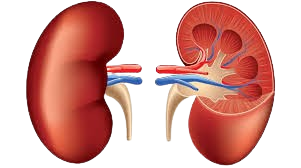
Nephrology
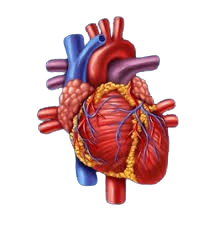
Cardiac
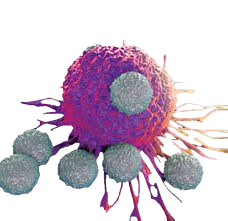
Hematology

Neurology
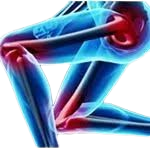
Bone & Joint
Looking for an expert !
Our Healthcare is home to some of the eminent doctors in the world

Dr Rajesh Sharma

Dr Sandeep Vaishya

Dr Sandeep Vaishya

Dr Rajesh Sharma

Dr Rajesh Sharma

Dr Sandeep Vaishya
Easy Access Links
- International Patients
- We & Why
- Core Specialites
- Common Procedures
- Hospitals
- Doctors
- Treatment Locations
- Way To Healing
- Wise to ask before
- Comfort and Satisfaction
